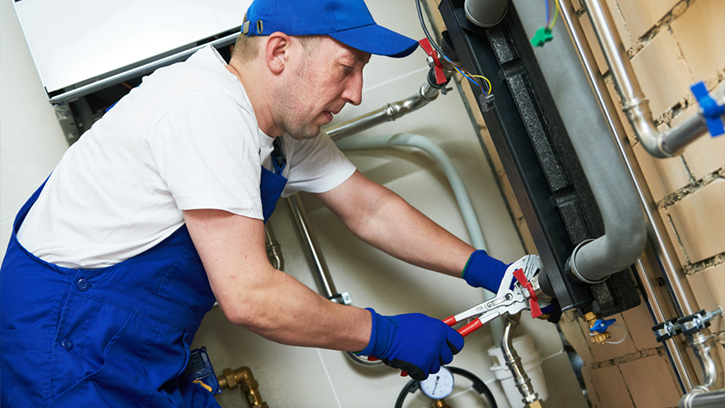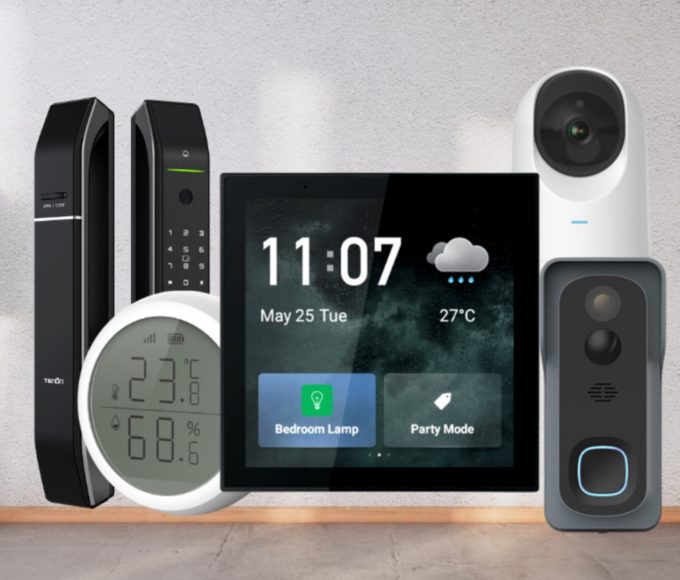Indoor plumbing is something we often take for granted. Yet, have you ever stopped to wonder how it all began? Many ask, “When did indoor plumbing start?” because it seems like such a natural part of our lives. We turn on a tap, and water flows as if by magic. In truth, this modern luxury has a fascinating past that stretches back thousands of years. Today, we will explore how various cultures, from ancient to contemporary societies, shaped the water systems in our homes. We will also learn about the twists and turns that led to the pipes we know today. So, let’s step back in time and see how indoor plumbing became a reality.
Early Traces: Simple Beginnings
Long ago, people did not have pipes hidden behind walls. In many early societies, water came from natural sources like rivers and lakes. They used pots and jars to carry water home. Over time, they developed clever ways to guide water where they wanted. Ditches were dug to move freshwater toward small villages. Some societies even created trenches lined with stones to keep water flowing. These early methods were imperfect, but they brought water closer to families. This step marked a big leap in convenience. Before these ideas, people spent hours fetching water from faraway places.
Ancient Marvels: From Clay Pipes to Stone Channels
In ancient times, people used creative solutions to handle water needs. Many artifacts prove that human ingenuity began long ago. Let’s look at some facts:
Archaeologists discovered clay pipes in Mesopotamia that date back to around 4000 BC.
An early stone sewer system found in ancient Indus Valley sites showed advanced planning.
Evidence from Egypt suggests that simple copper pipes helped transport water in royal palaces.
People carved channels into limestone to direct water under city streets in some places.
These examples remind us that indoor plumbing has older roots than we imagine.
The Roman Age: Aqueducts That Changed Everything
The Roman Empire played a significant role in the history of plumbing. During their peak, Romans built aqueducts to move water from mountains to busy cities. These massive structures spanned valleys and hills, carrying vast volumes of water daily. Clean water flowed into public baths, fountains, and private homes for those who could afford them. Many aqueducts had advanced design features like arches and channels that reduced leaks. Because Romans valued hygiene, they built public restrooms and complex sewage systems. Even after the empire fell, their innovations left a mark on future builders who studied these impressive accomplishments.
Medieval to Renaissance: Slow Progress but Steady Steps
Once the Roman era ended, indoor plumbing did not vanish. It evolved in different ways, though progress often seemed slow. Here are a few key points:
Castles sometimes used pipes made of lead or wood to move water to upper floors.
Monasteries developed systems to supply clean water for cooking and brewing.
Simple toilets, known as garderobes, led waste outside through chutes.
Cities began to plan basic water systems with wooden conduits.
“Even small steps bring us closer to our goal.” This era may appear less spectacular than Roman times, but it set the stage for better systems that followed.
19th-Century Breakthroughs: The Era of Modern Piping
By the 1800s, the world was moving toward a new age of indoor plumbing. Factories and crowded cities demanded better sanitation. Engineers looked for ways to ensure cleaner living conditions. Cast iron pipes became more common, helping water travel farther without leaking. Flush toilets began appearing in households, though they were initially expensive. Great urban centers improved their sewer systems to manage waste, which reduced disease. With new machinery, water could be pumped to higher floors. Steam engines powered municipal water supplies, and science helped people understand the link between clean water and health.
20th-Century Shifts: Hot and Cold Water for Everyone
During the 1900s, there were swift changes to indoor plumbing. Homes gained access to hot and cold running water; hence, this made chores simpler. People appreciated the convenience; consequently, businesses created affordable fixtures for more families. In many American cities, the number of homes with indoor bathrooms, consequently, skyrocketed. Fluoride, along with other treatments, was introduced to enhance the safety of drinking water. Plumbing codes were, therefore, refined to ensure that pipes and fixtures met higher standards. Additionally, more skilled workers joined the industry, including those in the home improvement field who specialized in installing and updating pipes. This century also saw an increased focus on protecting water quality for future generations.
21st-Century Trends: Smarter and Cleaner Plumbing
Today, technology keeps changing how we use water at home. These modern ideas are worth noting:
Sensors can detect leaks and alert homeowners through mobile apps.
Low-flow toilets and fixtures conserve water without reducing performance.
Tankless water heaters save space and offer hot water on demand.
New materials like PEX and PVC extend pipe life and reduce corrosion.
“A drop saved today can light our future tomorrow.” These words sum up the growing desire for efficient plumbing. People see that saving water is good for communities and the environment.
Why Indoor Plumbing Matters in Our Daily Lives
Indoor plumbing is more than just pipes hidden behind walls. It supports good hygiene by giving us access to clean water whenever needed. Families can cook, wash, and bathe with ease, which helps reduce illnesses. Furthermore, modern systems let us enjoy steady water pressure, so showers and faucets run smoothly. We also gain more time for work or relaxation because we spend less effort hauling water around. Children grow up learning to appreciate safe drinking water. Through proper plumbing, we boost our quality of life. As technology advances, indoor plumbing plays a central part in daily routines.
Conclusion
When we ask, “When did indoor plumbing start?” we discover a journey of human creativity spanning thousands of years. From early clay pipes in Mesopotamia to today’s bright fixtures, the story of water delivery is one of constant change. Although we have come a long way, there is always room for better designs and cleaner solutions. Even the Home Improvement industry finds fresh ways to refine piping and conserve resources. Indoor plumbing has become a key part of everyday life, affecting our comfort and health. Next time you turn a faucet, remember the long path we took to get here. The search for better plumbing solutions never ends, especially in Home Improvement circles, which focus on making homes more efficient and safe.

















Leave a comment